Released in March 2010, the Zoom H1 has been a popular choice for many videographers, especially in the wedding industry due to its small size, simplicity, and price.
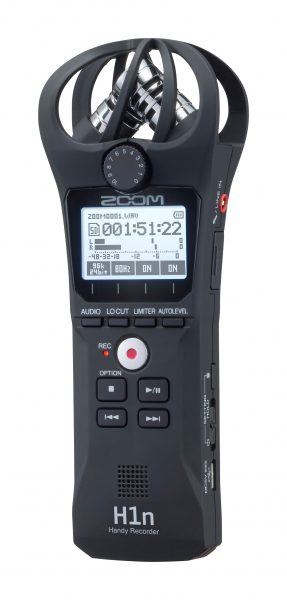
Zoom has now introduced the successor, the H1n. It looks much more refined and a lot easier control since the original H1 only had the single record button on the front with buttons down the side.
- One-touch button controls
- 1.25” monochrome LCD display
- Intuitive menus for easy operation
- Stereo X/Y 90˚microphones handle up to 120 dB SPL
- Stereo ⅛” Mic/Line In mini phone jack
- Stereo ⅛” Phone/Line Output jack with dedicated volume control
- Limiter button for input signal up to 120 dB SPL
- Playback Speed Control, Voice Emphasize Filter, and Stereo Bounce functions
- Auto-Record, Pre-Record, and Self-Timer functions
- Supports up to 24-bit/96 kHz audio in BWF-compliant WAV or a variety of MP3 formats
- Tone generator for filmmaking use with DSLR and video cameras
- Records directly to Micro SD and Micro SDHC cards up to 32 GB
- Micro USB port for data exchange to and from computer and use as an audio interface
- Runs on only 2 standard AAA alkaline, Lithium, or NiMH rechargeable batteries, or AC adapter (AD-17)
- Up to 10 hours of operation with alkaline batteries
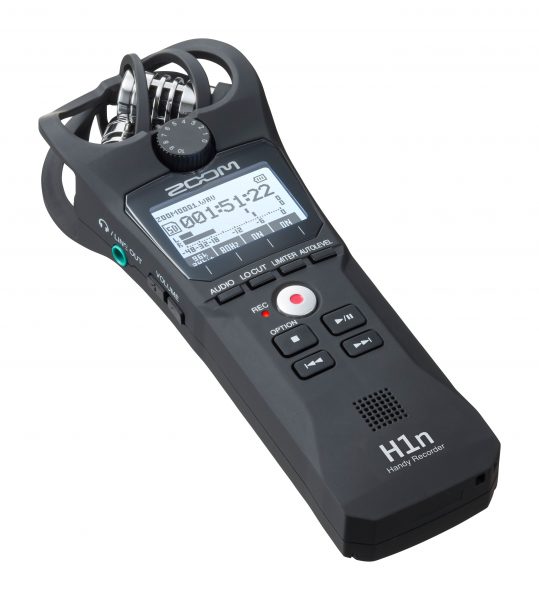
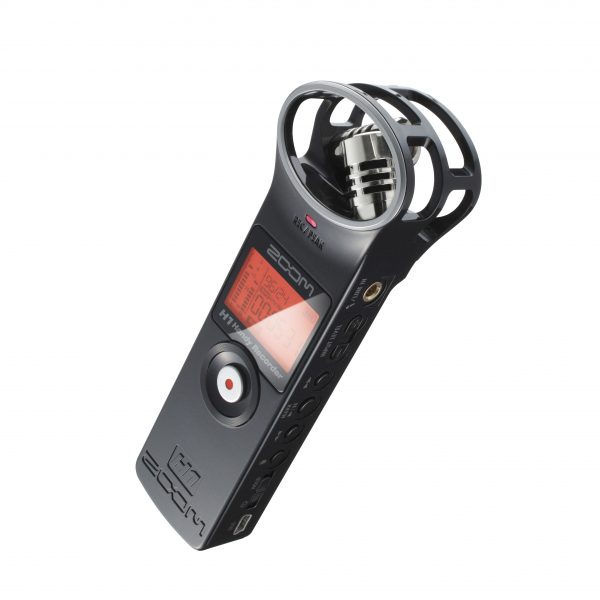
The built-in X/Y microphones capture high-quality stereo sound, supporting up to 24-bit audio at sampling rates of 44.1, 48, or 96 kHz in WAV and various MP3 formats. Just like the original, the H1n has a 1/8″ (3.5mm) mic/line input for connecting external microphones or other sound sources, and supplies plug-in power (2.5 volts).
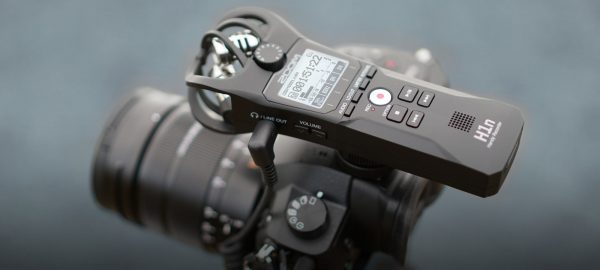
With the improved usability thanks to its plethora of new buttons on the front, a few new functions have been added to the software including auto-record, pre-record, and self-timer. For video shooters, the H1n now has a tone generator making it easier to make it easier to sync in post or set your camera audio levels. It would have been nice to have an option to create an attenuated safety track from a mono input source. You can get around this by using a mic like the RØDE VideoMic Pro+.
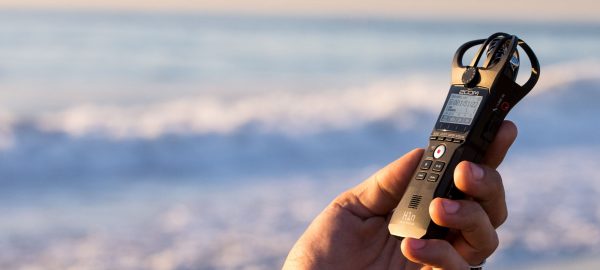
The Zoom H1n chooses to use 2x AAA batteries instead of a single AA battery in the Zoom H1. It can also be powered via an AC adapter or USB bus power. Powered by batteries, Zoom claim 10-hours of recording time.
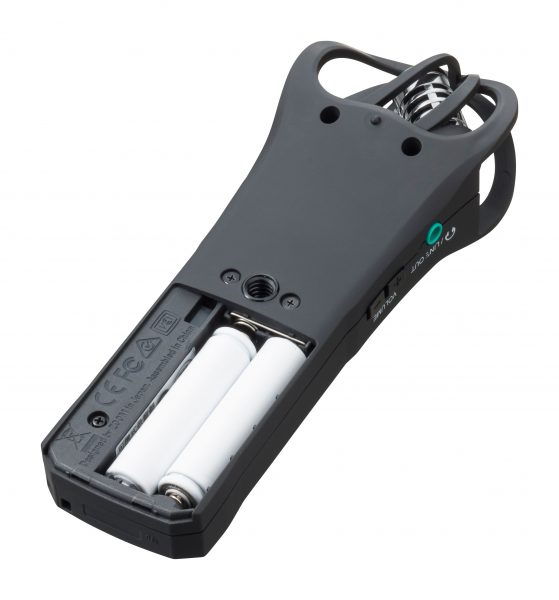
The Zoom H1n will retail for $119.99 USD and is available to order now.





